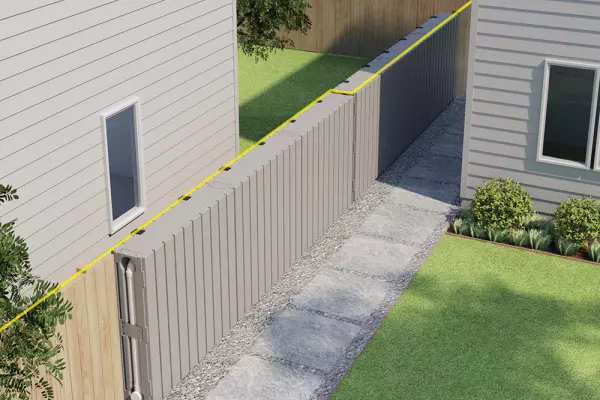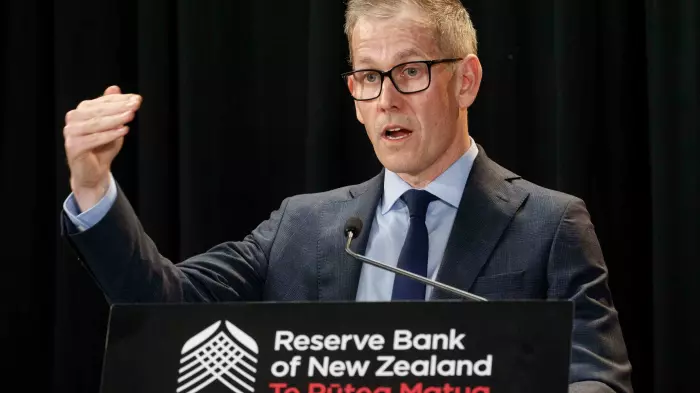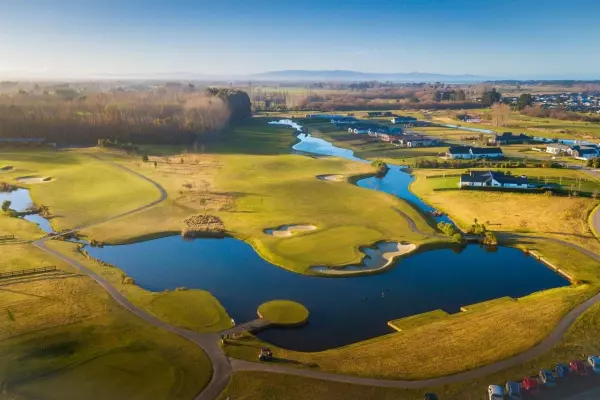In 2011, John Key’s National government agreed to an annual funding stream for the country’s tier-one golf event, the New Zealand Open.
That was under the government's Major Events Fund, which operates to a five-year $50 million appropriation to support events 'aligned with government priorities'.
In 2012, the fund stumped up a total of $1.15m, split across the NZ Open at Clearwater near Christchurch and the PGA Championship of NZ, that year held at The Hills course in Arrowtown.
It followed that up with $1.2m across the 2014-15 events, under what was then a new Pro-Am format, held at both Arrowtown’s Millbrook Resort and Michael Hills’ privately owned The Hills.
Between 2016 and 2019, taxpayers pitched in a further $3.5m into the Golf NZ-run event. The Labour-led government then agreed on a three-year deal, $1.8m across the 2020, 2023 and 2024 events.
To be fair, that’s well under the $5.4m allocated for NZ Sail GP and $3m for mountain biking festival Crankworx, pencilled in over the next four years.
Still, the initial backing of the international golf event by the Key government was criticised by the opposition as wasteful spending, particularly by NZ First leader Winston Peters, who suggested it was motivated only because of Key’s interest in the sport.
Meanwhile, NZ Open organisers Golf NZ said the tournament is now cemented as an important fixture on the Asian and Australasian tours and had evolved to the point where more than two-thirds of the $4m in sponsorship money, comes from offshore in any case, much of it from Japan.
The 2023 event, which finished last Sunday, paid out $1.7 million in winnings.
Offshore entries also made up more than half of the 83 amateurs, who paid between $12,500 to $15,000 plus GST to play.
Of the remaining 73 amateur playing spots, 33 were international players.
The 36-hole Millbrook resort, owned by the wealthy Japanese Ishii family, now holds a five-year agreement for exclusive hosting rights with Golf NZ and it underwrites the tournament to the tune of $5m.
Pandemic costs
The NZ taxpayer funding for golf also pales into insignificance compared with the costs of cancelling the tournament over the past two years, under covid restrictions.
For starters, both Millbrook and The Hills have received significant compensation during the period under government’s employee subsidy scheme.
For Millbrook, that totalled $5.1m, while the smaller Hills claimed $226,317.
The Hills remains involved and this year hosted a Saturday event for those players who missed the weekend cut, with 100 amateurs playing alongside 25 professional players.
For the last financial year to September 2022, Millbrook Holdings counted $1.67m as revenue against Ministry of Social Development subsidies, which included both covid subsidies and money under its apprentice scheme.
However, extracting any tournament returns during the year, as well as reduced hotel and property development revenues, saw sales down a third to $49.7m, from $75.6m the prior year.
That was reflected in profit after tax down 63.9% to $5.8m, from $16.2m.
Banking on the Open
Millbrook director Ben O’Malley said the difference had largely been due to property settlements, compared with the year before, when more titles had been issued on the club’s Mill Farm development, and off-plan sales from 2020 and 2021 had settled.
O’Malley said the course was hoping the NZ Open would pay dividends for this financial year, as the property didn’t have quite the same level of real-estate stock available as before the 2021 season.
Separately, O’Malley has joined a cohort of local developers lobbying against a proposed 5% levy by the Queenstown Lakes district council on future residential developments under its inclusion zoning plan changes, aimed at making housing more affordable.
Labelling the plan as "misguided" in Millbrook’s submission to the council, he suggested the plan ignores the existing requirement for resort zones to fund the development of visitor activities and accommodation.
The bigger issue to be addressed, he said, is the lack of land supply.














